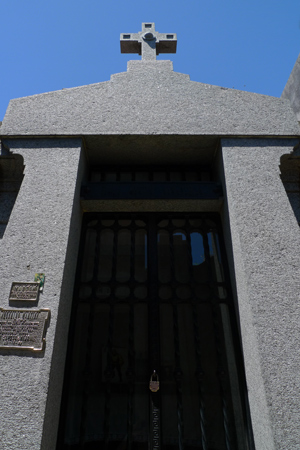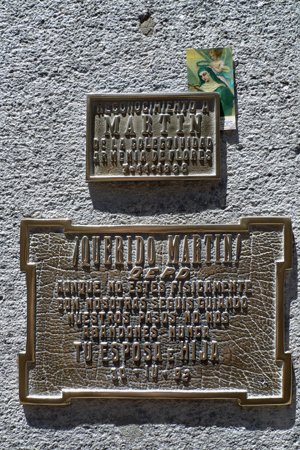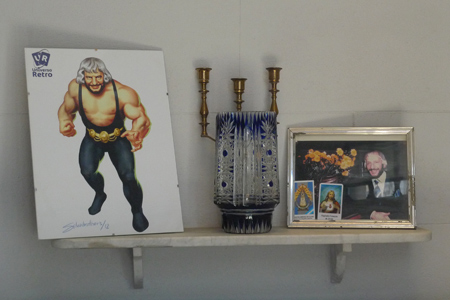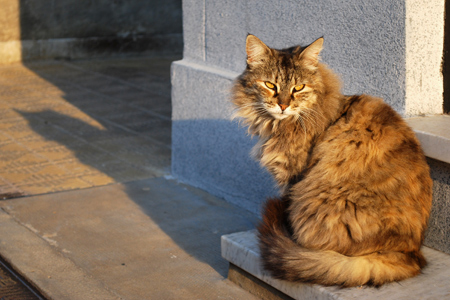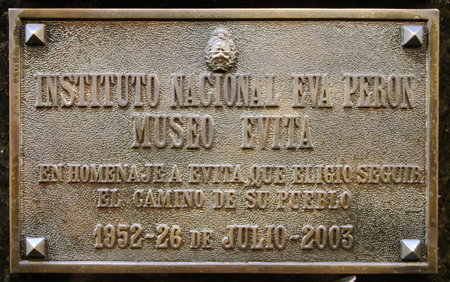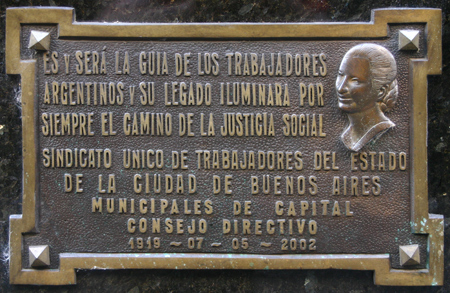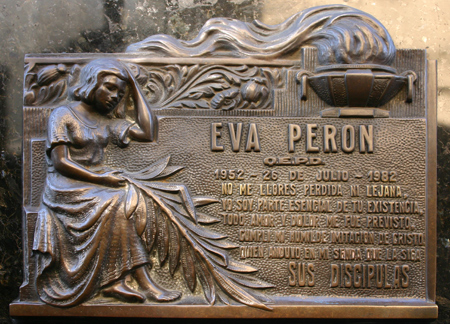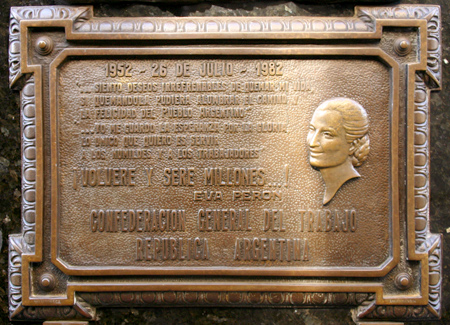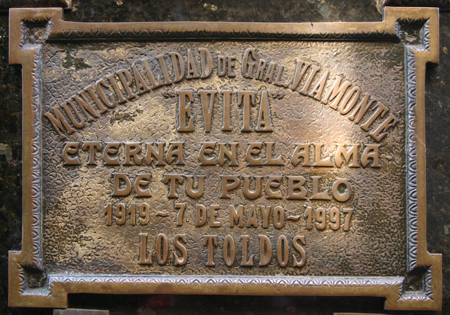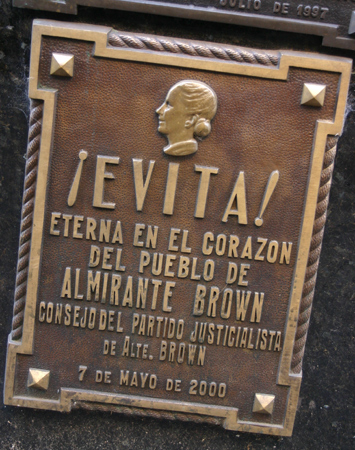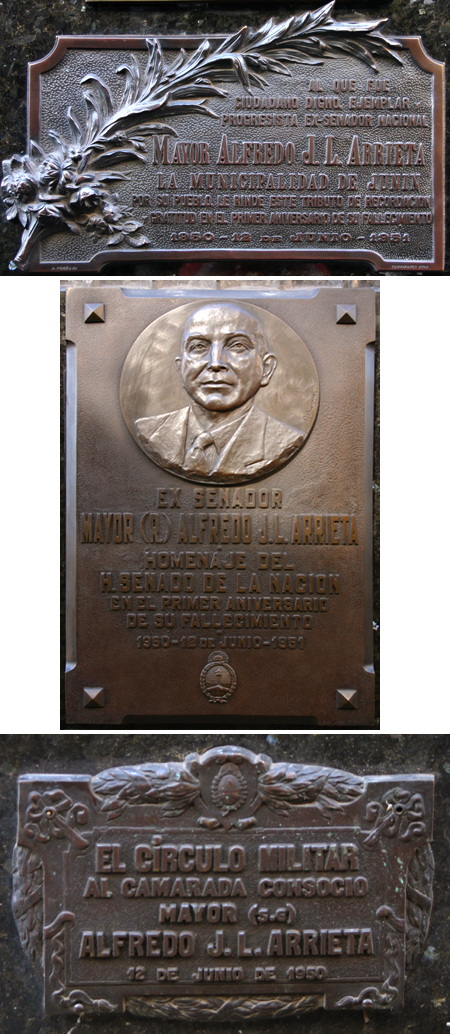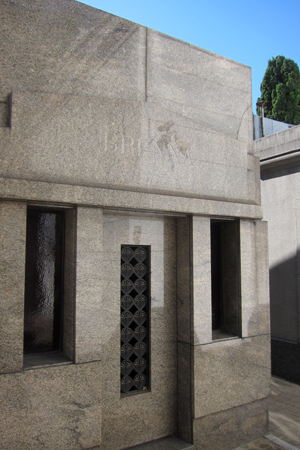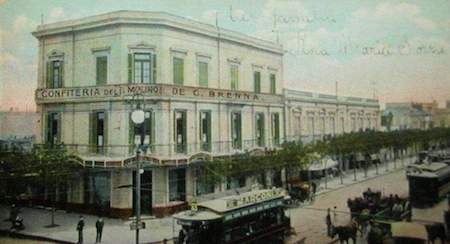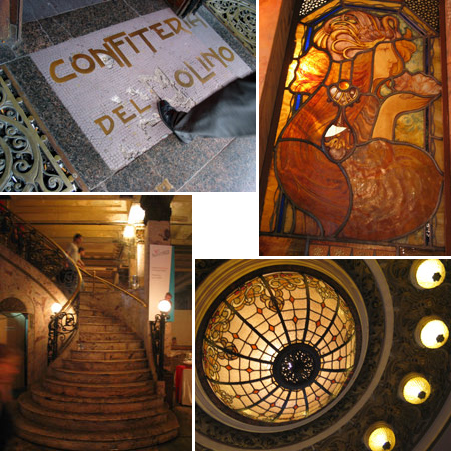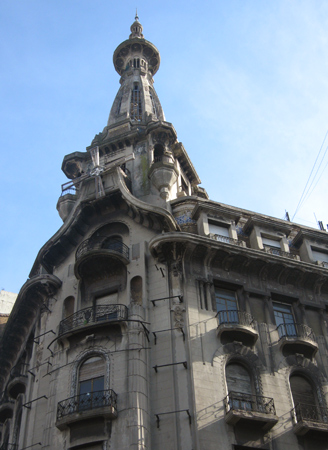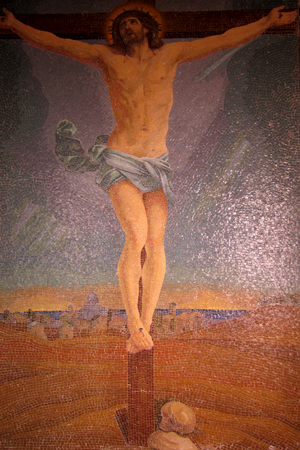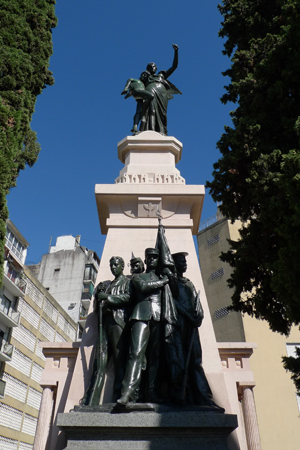
After becoming President in 1886, Miguel Juárez Celman began to distance himself from political supporters & preferred to do things his own way. Concentrating power in his own hands, the public referred to the term of Juárez Celman as a unicato… a one-man rule. After three years in office & with inflation out of control, diverse groups expressed their discontent with Juárez Celman. Upper class families, members of the clergy, university leaders, senators & the emerging middle class joined forces to form the Unión Cívica. Their main goal was to defeat the Juárez Celman in upcoming elections. But at the same time, preparations were being made for a coup d’etat.
Leading the Unión Cívica, Leandro Alem conspired with an influential general, Manuel Campos (brother of Luis María Campos). Planned for July 21st, the revolution was aborted by the arrest of key figures… someone had leaked information about the surprise attack. General Campos was taken under custody & while in prison received a visit by none other former President Roca. More sneaky plans were underway.
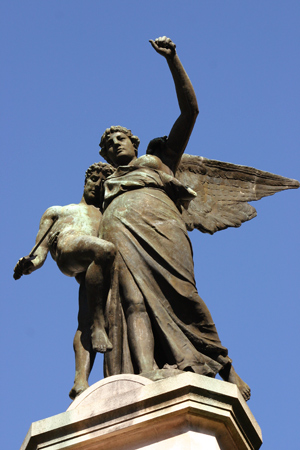
From his cell, Campos sent word to Alem to go ahead with their plans & fighting broke out early on 26 July 1890. Government forces used Retiro as their base of operations while Alem’s men were concentrated in Plaza Lavalle, now home of the Supreme Court.
As civilians rose up in arms to oust Juárez Celman, battles took place in the heart of Buenos Aires. Fighting continued sporadically for the next few days. General Campos made obvious military mistakes & gave the government ample time to recover & fight back. Alem noted these irregularities at the time but given the difficult situation, deferred to the general’s orders. Violence ended four days later with a truce. Estimates of those killed or wounded range from 300 to over 1,000. While the revolution was not successful in overthrowing the government, the political landscape quickly changed afterwards.
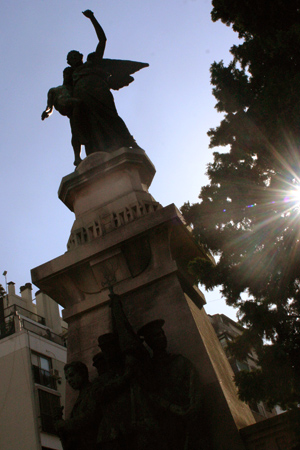
Juárez Celman lost support due to the conflict & resigned, handing the government to Vice-President Carlos Pellegrini. Although no historical record exists of conversations between Campos & Roca, it is taken for fact that Campos made bad tactical decisions on purpose. He threw the revolution so Roca & his elite allies could remain in power. The UC also had difficult times afterwards & split into two groups. One year later the Alem faction transformed into the UCR–Unión Cívica Radical. The UCR still plays an important role in politics as the main alternative to the Peronist party.
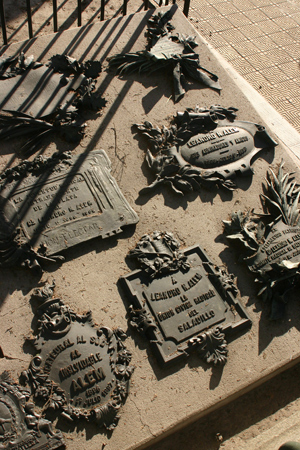
Numerous plaques cover the base of the entire pantheon, housing a few of the fallen during the revolution but many important figures from the UCR: party founder Leandro Alem, President Hipólito Yrigoyen (top casket with flag), & President Arturo Illia (silver casket). During the term of President Frondizi, this tomb was declared a National Historic Monument… even President Alfonsín spent a few months here until his own tomb was under construction.

All subplots & internal division aside, strong civilian support of the attempted revolution marked the beginning of civil society in Argentina & the birth of a radical political party. Every major figure on both sides of the Revolución de 1890 can be found somewhere in Recoleta Cemetery.
